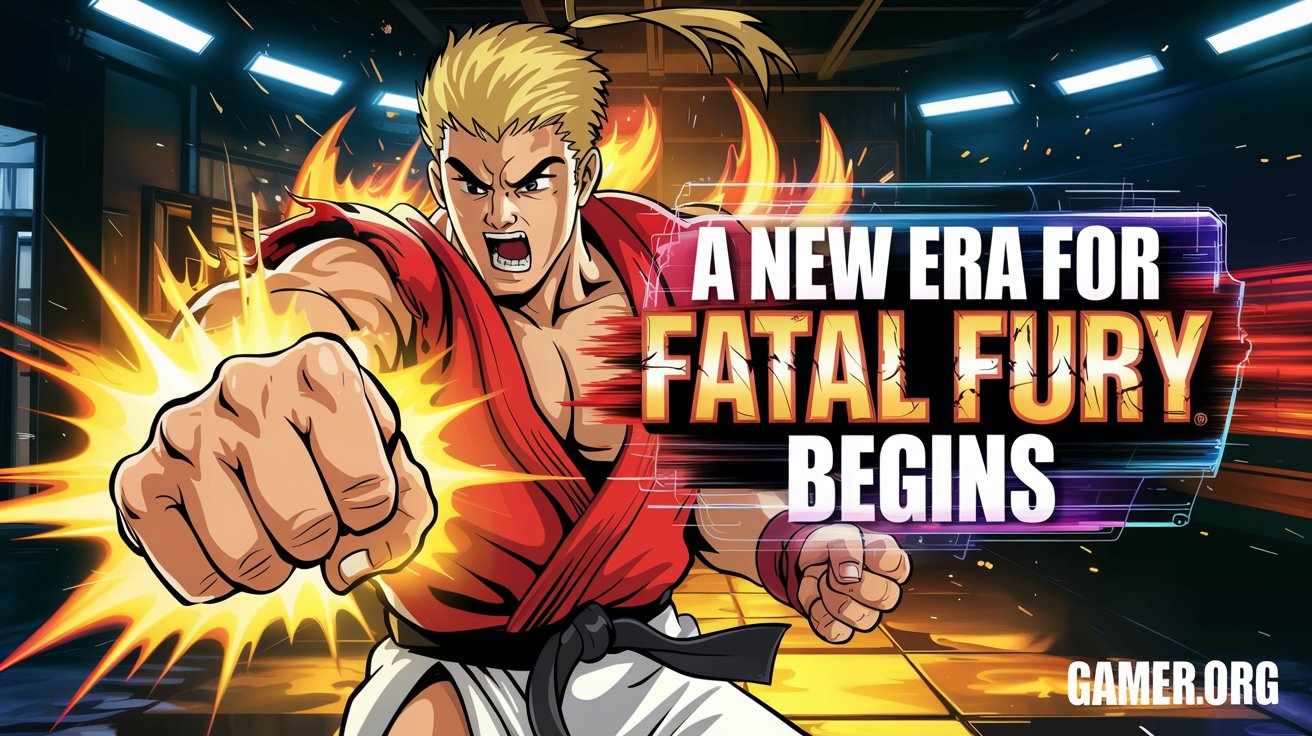Fatal Fury: City of the Wolves – Understanding SPG, Rev Gauge, and Combos

Fatal Fury: City of the Wolves marks the long-awaited return of SNK’s iconic fighting game series, over 25 years since Garou: Mark of the Wolves. With modern visuals, legacy mechanics, and a wide range of characters including Terry, Rock, and new fighters like Preacher and Vox, this revival blends nostalgic design with modern functionality. Whether returning as a fan or starting fresh, this guide provides the essential tools needed to understand gameplay, mechanics, and systems.
Understanding the HUD and Core Gameplay Elements
At first glance, City of the Wolves features a detailed interface familiar to seasoned players. The timer counts down from 60 seconds each round. Round icons track wins, while health bars reflect the ongoing status of the fight. The SPG (Selective Potential Gear) system stands out, as it activates special traits based on where the player chooses to place it on their health bar. Once within the SPG threshold, players gain access to rev blow, increased damage, and the devastating hidden gear attack.
Guard gauge manages defense stability, depleting under pressure and breaking if overused. Power gauge manages super moves such as ignition gears and redline gears, which consume different amounts of meter depending on strength.
Two Control Options for All Skill Levels
The game supports arcade and smart control schemes. Arcade mode uses classic SNK inputs with four attack buttons and a fifth for Rev guard. This allows maximum control and access to advanced techniques like feints and cancels.
Smart controls simplify this, offering a more beginner-friendly layout. Punches, kicks, specials, and combos are mapped to individual buttons, and simplified supers become easier to perform. However, certain advanced mechanics—like feints and cancels—are exclusive to arcade controls.
Movement includes directional dashing, short hops, and rolls. Throws are done by pressing both light buttons, while dodge attacks and faints add depth to offense and defense alike.
Mastering the Rev Gauge and SPG Mechanics
The rev gauge is central to gameplay. It powers up offense and defense tools but overheats if used excessively. Overheating restricts abilities and puts players at risk of guard breaks. To prevent this, players must balance aggression and meter usage.
Rev Arts: Enhanced special moves (like EX moves in other fighting games). Cost 25% rev gauge.
Rev Excel: Cancel mechanics that chain Rev Arts together. The first cancel costs 15%, and each following cancel adds 10%.
Rev Blow: Powerful armored attack usable only during SPG. Consumes 17% rev gauge and can crumple on counter-hit.
Rev Guard: Defensive stance that negates chip damage, builds gauge, and increases pushback. Vulnerable to throws.
Advanced systems like Just Defense, Hyper Defense, and Guard Cancel reward precise blocking and timing. These options, while not necessary for casual play, become crucial at higher skill levels.
Combos, Recovery Options, and Combat States
Combos can involve standard attacks, special moves, and super attacks. Using arcade controls enables combo depth through cancels and feints. Recovery after a knockdown offers five different wake-up options, from neutral stand to directional rolls.
Understanding combat states—like counter hits and wild punishes—is essential. Counter hits occur when interrupting enemy attacks, while wild punishes strike during recovery. Both open up huge damage potential, often allowing full combo conversions.
Players are encouraged to explore character-specific move lists, learn combo sequences in training mode, and face opponents of similar skill to gradually improve.













